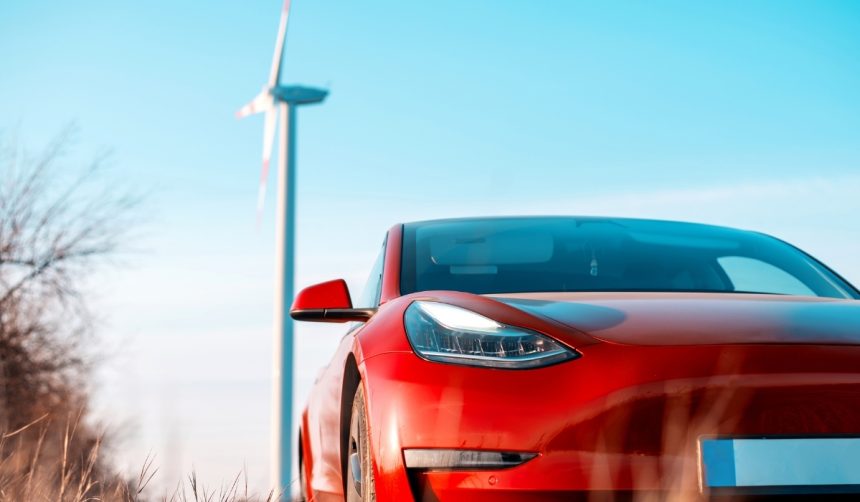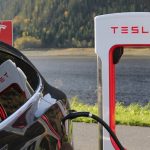Tesla has approached city officials in Karlstad, Sweden, seeking permission to begin public road testing of its Full Self-Driving (FSD) system. This initiative comes amid growing European interest in advanced autonomous vehicle technologies, with the municipality signaling cautious optimism toward the project. Unlike fully driverless operation, the proposed trials would still feature safety drivers who remain poised to take control if necessary. Observers note that Tesla’s expansion into new markets often prompts discussions around safety, regulation, and the readiness of urban infrastructure. As the conversation unfolds, local authorities emphasize thorough evaluation before any decision is made, considering both innovation and public safety.
Tesla’s pursuit of FSD testing in Sweden follows recent attempts to secure trial locations within the country, but its prior application for similar tests in Stockholm was declined due to concerns about risk management and urban infrastructure. Other reports from earlier this year indicated that, outside Sweden, Tesla has run FSD pilot programs on motorways and in less populated environments, typically under substantially controlled conditions. The broader European rollout of FSD has thus occurred more slowly than in the United States and China, with regulatory caution emerging as a primary factor. Analysts have consistently highlighted these regional differences in regulatory pace and willingness to accommodate autonomous vehicle pilots.
How Is Tesla Approaching FSD Testing in Karlstad?
Tesla has submitted a formal request to the Karlstad municipality, describing the city as a strategically attractive location for testing autonomous technology. The company has stated an intention to collaborate closely with local government and stakeholders if granted approval. Regarding the proposed tests, Tesla notes an emphasis on safety protocol and constant supervision during all vehicle operation. In communication with city officials, Tesla highlighted the mutual benefits of fostering technological advancement while maintaining operational transparency.
“We are committed to working alongside the municipality to ensure a safe and productive pilot,”
Tesla indicated in its request.
What Stands in the Way of Approval?
City officials, while receptive to the notion of FSD testing, maintain a prudent stance pending a thorough assessment. Councilor Linda Larsson remarked that the proposal “sounds interesting,” but she underscored the need for in-depth evaluation of risks and potential community impacts. The municipality has not reached a decision, and discussions remain ongoing among local lawmakers and safety boards. Safety considerations, including the readiness of Karlstad’s infrastructure for autonomous vehicles, will play a major role in the final determination.
“We want to make sure any testing happens with proper oversight and aligns with community standards,”
Larsson stated.
Could Tesla’s Application Signal Broader FSD Testing in Europe?
If approved, Tesla’s trials in Karlstad could pave the way for further autonomous vehicle experiments on European soil. While Tesla FSD has already undergone deployments in markets like the United States, China, and Australia, Europe’s regulatory environment has so far limited similar trials. With increasing pressure to keep pace with technological advances, municipalities such as Karlstad may function as early testbeds for broader European pilot programs. The outcome of this request is expected to influence subsequent policy decisions for both Tesla and other industry participants interested in introducing autonomous driving technologies in the region.
The interplay between technology companies and city authorities remains a defining factor for autonomous vehicle rollouts. Tesla’s experience in Sweden, marked by differing responses between Stockholm and Karlstad, demonstrates regional variation in regulatory attitudes and openness to innovation. For readers following the development of Full Self-Driving features, it’s useful to understand that municipalities balance ambitious trials against operational risks and public perception. Anyone interested in the future of automotive autonomy should watch for updates on how local decision-makers address safety, liability, and infrastructure needs. Engaging in these discussions can reveal both the challenges and potential of automated driving as companies like Tesla seek further approval for testing and, eventually, deployment.










